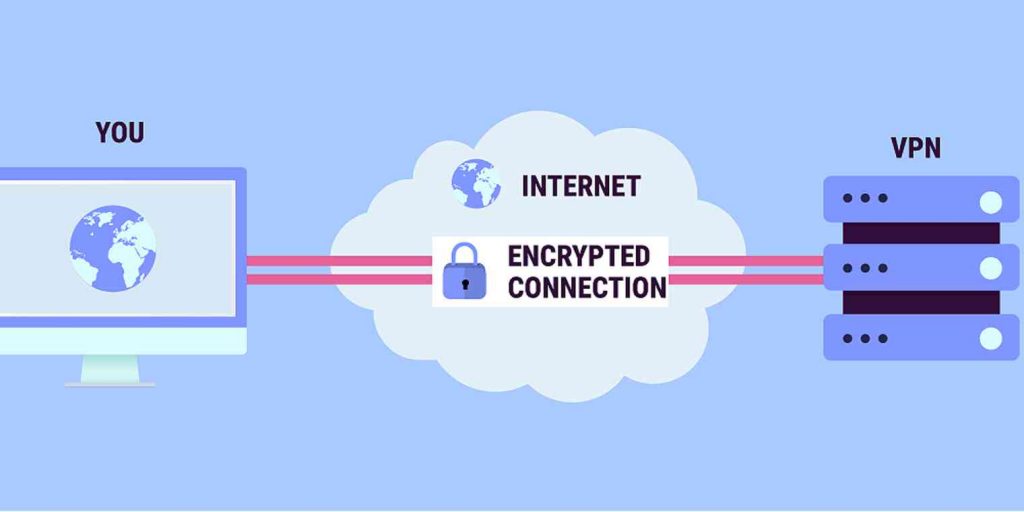VPNs are one of the most tried-and-true, albeit hazardous, solutions for secure remote access. It’s hazardous because attackers could be able to exploit flaws to get authorized access to private systems and data if it’s not properly developed and maintained. In fact, several businesses are choosing innovative solutions to link their remote workers that do away with VPNs and agents, allowing them to method is demonstrated and user processes.
For enterprises that use VPNs, it’s critical that the VPN stack is regularly patched, that the correct encryption is used, and that traffic patterns and use are constantly monitored
1. Check that the VPN solution enables Multi-factor Authentication (MFA) via RADIUS and/or SAML.
Depending on the kind of VPN, most VPN systems provide a variety of authentication procedures (site-to-site, remote user). The usage of RADIUS is one kind that allows MFA, in which the VPN server acts as a RADIUS client to a RADIUS server, which may then execute Multi-factor Authentication.
SAML is another method for integrating a VPN with an external IDP for authentication. This is not enabled by all VPN suppliers, but if it is, have no need to download a desktop VPN client on endpoints.
2. Limiting Access: Verify that the RADIUS server can interact with particular characteristics to restrict access and authorise users.
If you wish to provide users authorization for many types of access, you’ll need vendor-specific properties. For instance, depending on the user position, the person may be allocated a certain permission level, so limiting access. The VSAs can be utilised alongside RADIUS-defined characteristics. This link, for example, displays Cisco’s VSAs.
3. Authenticating Users: The authentication provider solution may handle a heterogeneous VPN environment.
An enterprise may have numerous VPN providers with a mix of authentication and access control protocol capabilities. Various authentication profiles, for example, for different VPN servers, must be supported by the RADIUS server/IDP (RADIUS clients). If more critical types of resources are accessed from one VPN server, for example, a stronger authentication profile can be used than if a separate VPN server is used to access less vital services.
4. Limit Access Intelligently: The IDP solution can provide an adaptive, risk-aware solution.
Even if the VPN server is only one, the authentication provider must be able to recognize user behavioral abnormalities and provide different challenges depending on the user’s risk. This is especially important in the current situation, when most, if not all, employees will be working remotely for the foreseeable future.
5. Validating Device: MFA and Conditional Access safeguard the endpoint itself.
Due to the fact that users are remote and may be using their own devices (BYOD), it is critical to only provide access to devices to users who have been authenticated by MFA as part of login into the device.



